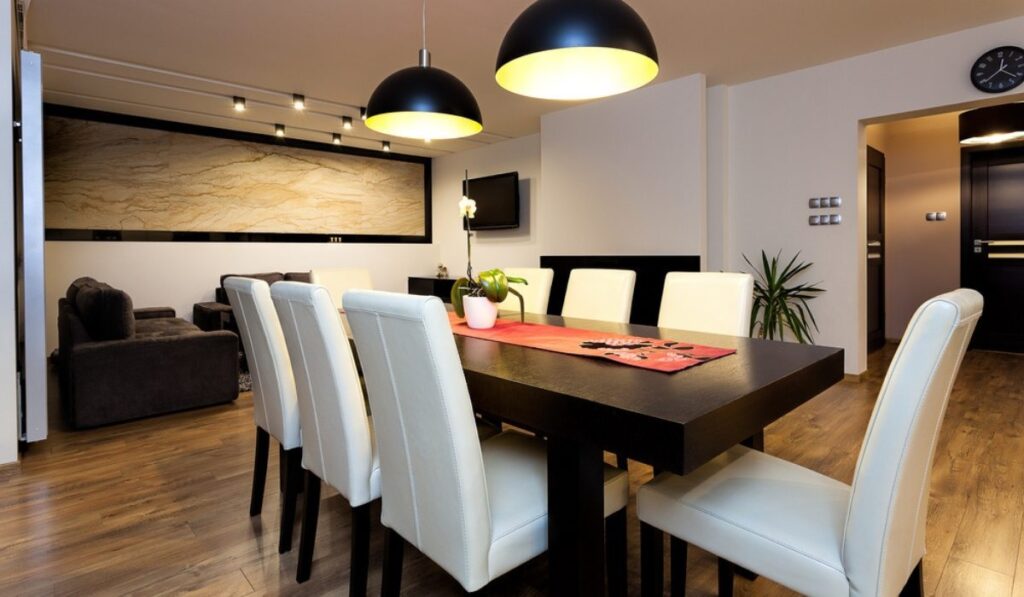
The Significance of Lighting in Dining Rooms
Dining rooms are the focal point of festivities, family get-togethers, and romantic meals. Appropriate lighting is an essential component of interior design since it may greatly impact the eating experience. A welcome atmosphere may be created by striking the ideal balance between aesthetics and utility, which will enable customers to enjoy their meals in comfort. This post will discuss several lighting options, the function of layered lighting, and advice on how to get the ideal lighting for your dining room.
Dining Room Lighting Types
There are several kinds of dining room lighting to take into account, and each one contributes differently to the overall atmosphere that is intended. The three most popular kinds are task, accent, and ambient lighting. General illumination for the whole room is provided by ambient lighting, which is often accomplished using overhead fixtures like pendant lights, chandeliers, or recessed lighting. This kind of lighting guarantees that the space is well-lit for daily usage and establishes the mood for the space. In contrast, task lighting highlights certain locations, such a buffet or dining table. This may be accomplished with pendant lights, wall sconces, or even LED strip lighting, which provides useful lighting for meal preparation and eating activities.
Stratified Lighting for Flexibility
Using a tiered approach is one of the best methods to produce suitable dining room lighting. Several light sources are used in layered lighting to provide a multifaceted environment. You may generate flexibility in the lighting of the area by combining task, ambient, and accent lighting to change the brightness of the space based on the situation. For instance, brighter, more colorful lighting can be appropriate for a joyous event, while warm, friendly lighting might be more appropriate for a family meal. Installing dimmers is a useful fix that makes it simple to adjust the light’s intensity to suit the mood you’re going for. You should also think about the color temperature of the lighting you choose; warmer colors may make an area seem cozier, while cooler colors might give it a more contemporary, vibrant vibe.
Selecting Appropriate Fixtures
Effective dining room lighting is mostly dependent on the fixtures you choose. Popular options that function as statement pieces in addition to providing the required lighting are chandeliers and pendant lights. Take into account the height of your ceiling and the dimensions of your dining table when selecting a center fixture. Generally, a fixture should be hung 30 to 36 inches above the table to allow for conversational obstruction without compromising comfortable viewing.
Conclusion
Don’t undervalue the importance of floor lamps, wall sconces, and table lamps in addition to primary light sources to improve the layered lighting effect. These extra sources may provide the room coziness and visual appeal. Consider the material and style of your fixtures as well; a unified look that complements the furnishings in your dining area may enhance the ambiance.
